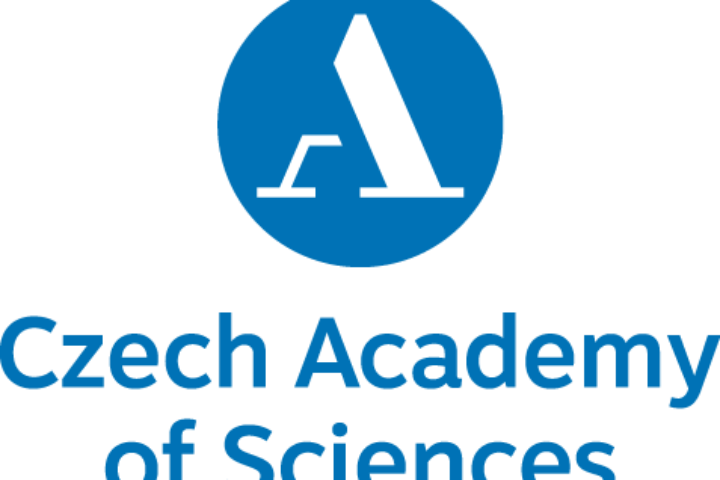June 3, 2021
Science for museums: scientists and museum professionals have a lot to offer to one another.

Software for arranging online exhibitions, technologies for reading curse tablets, protective finishes, treasured objects conservation – science provides museums with media for both closer examination and popularization. However, it is not a unilateral relation, the museums house, e.g. collections that can help scientists in their research.
Being exact and specialised but also varied and creative, the work of museum professionals and scientists is akin. This enables their interrelationship, since science finds a solution to a range of problems. The Czech Academy of Sciences has already completed numerous successful collaborative projects with experts from museum collections across scientific spheres. However, it is not just lending a hand with restoration or archaeological exploration, but also X-ray micro-tomography, chemistry or special software come into use.
“Museums and science co-exist in precious symbiosis, which is beneficial for the whole society. They are huge databases, where important data from all spheres of life can be searched and acquired. Scientists in museums explore possibilities of how to verify outcomes of their work or to put them into practice. The museums offer amazing room and means of how to present outcomes of the top scientific work to both professional and general public,” explains the mutual cooperation Managing Director of the ICOM Czech Republic Martina Lehmannová.
Quadruple assistant who does exhibition well
The project INDIHU coordinated by the Library of the Czech Academy of Sciences comprises four applications that help scientists, students and professionals from the cultural sphere work more efficiently. It is INDIHU Exhibition – a creative tool for arranging virtual exhibitions that is probably the most interesting for museums. Since its launch in 2020, it has been exploited by, e.g. the National Museum; also the Olomouc Museum of Art and other smaller or larger institutions have been cooperating.
Included in the project, the database Index making dozens of digitized sources accessible not only from the institutions of the Czech Academy of Sciences facilitates research. Users can use the tool Mind for their scientific work, which enables data, information and knowledge gathering. The four are added to by a tool for turning a text in image into editable document that supports eight languages incl. Latin.
Chemistry in service of the history preservation
Seemingly, physical chemistry has a very little in common with museums. Following the legacy of Czech Nobel Laureate, the scientists in the J. Heyrovský Institute of Physical Chemistry, the Czech Academy of Sciences, have developed micro-emulsions and gels for cleaning a surface of historical material. They remove gently and effectively acrylic or vinyl polymers, waxes, oils and other undesirable substances on the surfaces of historical artefacts. They damage neither objects nor human health during restoration.
Museum collections as a helper in research
The Czech biologists from the Czech Academy of Sciences have discovered a new species of frog in Congo, which is relatively rare in Africa. Some of acquired samples and zoological collections will be housed in a museum. Vice versa, museums in general can significantly help scientists in their examination thanks to their vast collections from various branches.
It was also the X-ray micro-tomography machine from the Institute of Theoretical and Applied Mechanics, the Czech Academy of Sciences that was used while discovering and describing frogs in Congo. The same machine once helped to decipher the curse tables Iseum and Bartók Terem in cooperation with the Savaria Museum in Szombathely, Hungary.
“It is great that science has been discovering ways that may not only help how to understand the present time, and how and what to do in the future, but together with museums it adds to the preservation and the development of the cultural heritage of the past,” emphasises member of the Academy Council, the Czech Academy of Sciences Tomáš Kostelecký.
What proves that the cooperation between museums and the Czech Academy of Sciences is important and beneficial is the fact that the Institute of Art History of the Czech Academy of Sciences has been an ICOM member for long, and as an important partner in the spheres of research and methodical and methodological support it cooperates with many art museums in the Czech Republic.
Eliška Zvolánková
External Relations Division of Czech Academy of Science